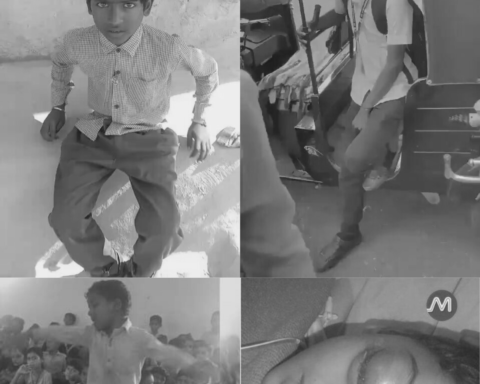India, a land of diverse cultures and traditions, often presents a stark contrast between the images portrayed in media and the ground realities of societal attitudes. While movies, serials, and social media may project a veneer of compassion and empathy, the truth lies in the nuanced analysis of prevailing mindsets.
In the intricate tapestry of Indian society, we find traces of the Vedic religion, now a part of Hinduism, with its history of condoning oppression and discrimination as ingrained aspects of culture and tradition. Despite occasional calls for equality, discrimination continues to thrive, often taking precedence when the status quo is challenged.
When we explore the dynamics of outrage and empathy, particularly regarding significant issues, we notice that reactions tend to be stronger based on the caste identities of the victims. The instances of violence and oppression against Dalits stand out as powerful examples of this phenomenon.
Take, for instance, the heartbreaking case of Jyoti Singh Pandey, affectionately known as Nirbhaya, whose brutal rape and murder in 2012 shook the nation to its core. Similarly, the tragic fate of Priyanka Reddy (Disha) in 2019 sparked nationwide protests and demands for justice, with millions taking to the streets with candles and calls for public hangings.
In contrast, the Hathras gang rape and murder in 2020, where a Dalit woman suffered a similar fate, laid bare the deep-rooted biases and systemic injustices prevalent in Indian society. Despite the brutality of the crime, both authorities and the public responded with apathy and indifference, highlighting the disproportionate value placed on Dalit lives.
The response from government and authorities perpetuates injustice against victims from marginalized communities, emphasizing the vital protection provided by the Indian Constitution. Without it, Dalits and Adivasis would undoubtedly face even harsher treatment.
Rapes, massacres, murders, honor killings, mob lynchings, police brutality, public shaming, flogging, burning alive, urinating or defecating on a person, parading naked, deaths of sanitation workers in manholes (manual scavenging), untouchability cases and many more violent incidents happen frequently on Dalits. Yet, the Media, Public, Politicians, Police, Judiciary and other section of workers say that is all nothing and misusing of SC/ST atrocity act.
Media representations wield significant influence in shaping public discourse, yet they often reinforce stereotypes and uphold existing power imbalances. The absence of Dalit voices and stories from mainstream narratives further sidelines an already vulnerable community, perpetuating the normalization of caste-based discrimination.
Addressing these deep-rooted inequalities demands a fundamental shift in societal attitudes and norms. Education, awareness campaigns, and grassroots initiatives play pivotal roles in fostering a more just and equitable society. Platforms that amplify Dalit voices and prioritize their experiences are vital for cultivating empathy and fostering understanding among all members of Indian society.
In grappling with the intersection of caste, public outrage, and empathy, India confronts a profound reckoning with its historical and present realities.
You can pick some of the below examples to understand how India is keeping the evil caste system alive in different forms.
For the benefit of readers below comparisons will be an eye opener for you!
- Compare the arrests or bullets fired by Police during protests.
- Compare the Judiciary and their judgements
- Compare the victim blaming or the character assassination of victims
- Compare the political parties and their priorities
- Compare how fast marginalized will be arrested
- Compare the Media and how they try to mask the caste.
- Compare Celebrities response? You hardly find when the victim is a Dalit.
- Compare the CEO’s, Founder’s response and many more !






